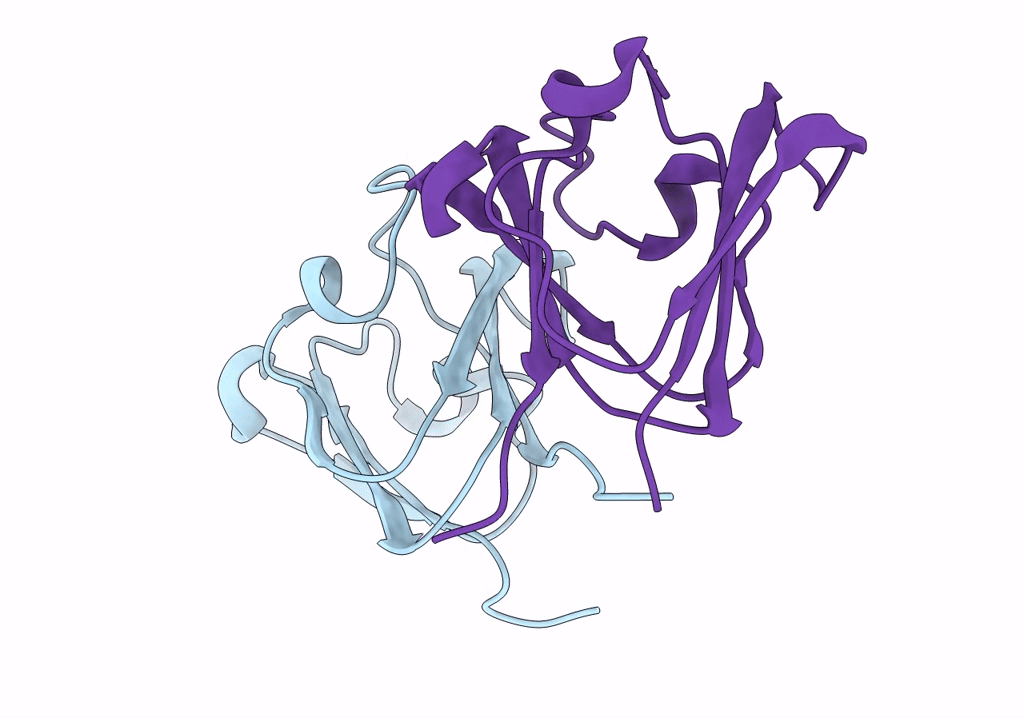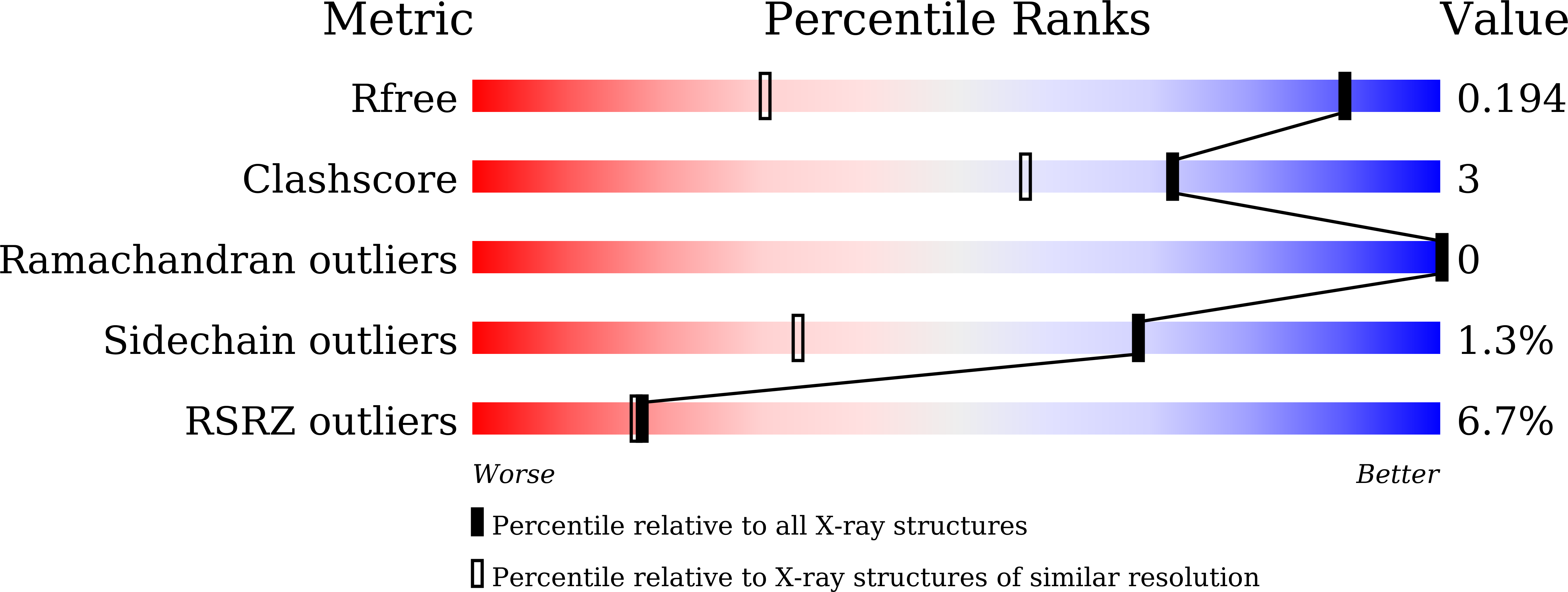
Deposition Date
2022-09-30
Release Date
2023-07-05
Last Version Date
2023-08-16
Entry Detail
PDB ID:
8H0R
Keywords:
Title:
Crystal structure of a cataract-causing crystallin mutant (mouse CRYBB1 Y202X)
Biological Source:
Source Organism:
Mus musculus (Taxon ID: 10090)
Host Organism:
Method Details:
Experimental Method:
Resolution:
1.20 Å
R-Value Free:
0.19
R-Value Work:
0.18
R-Value Observed:
0.18
Space Group:
P 21 21 21


